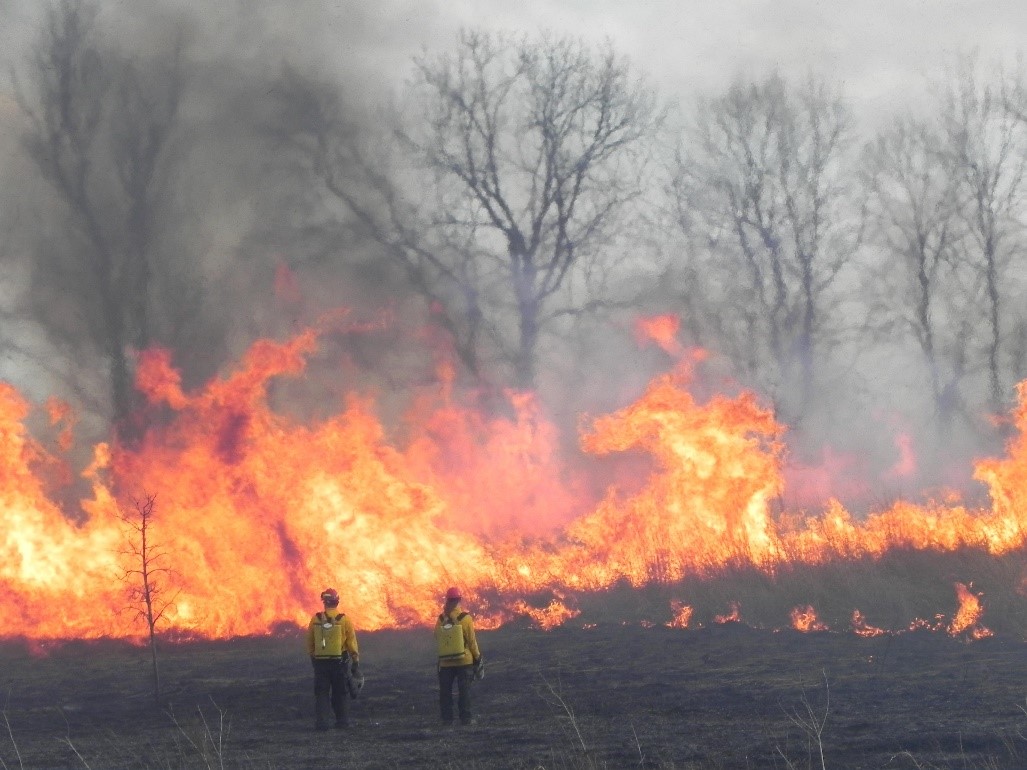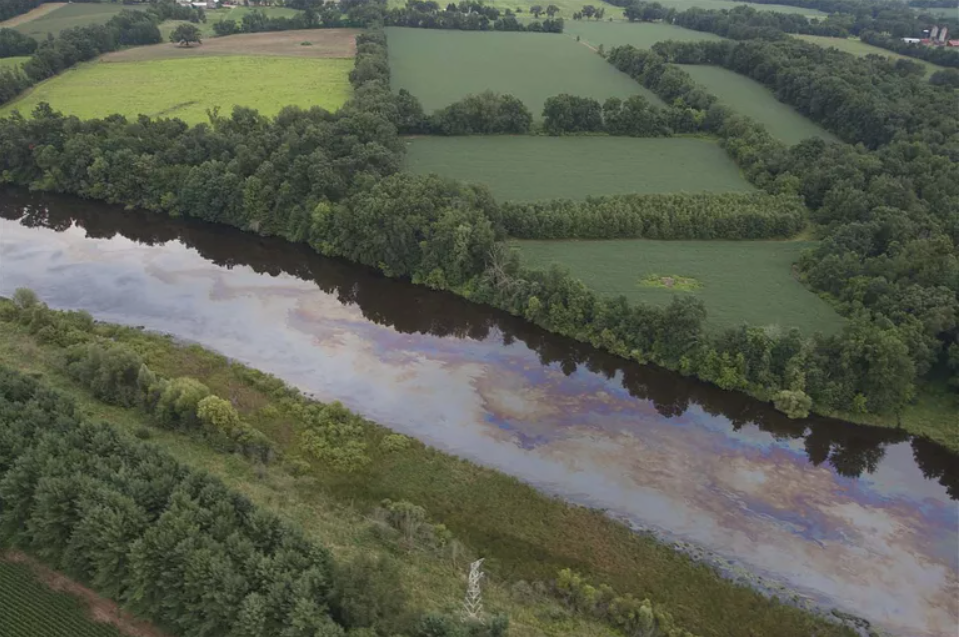It’s no secret that Native Americans have passed along their beliefs and traditions from generation to generation to continue their culture, ways of life, and survival. They continue to use this Traditional Ecological Knowledge to adapt to the world’s changing climate. The U.S. Fish and Wildlife Service defines American TEK as:
“The evolving knowledge acquired by Indigenous and local Peoples over hundreds or thousands of years through direct contact with the environment. This knowledge is specific to a location and includes the relationships between plants, animals, natural phenomena, landscapes and timing of events that are used for lifeways, including but not limited to hunting, fishing, trapping, agriculture and forestry. TEK is an accumulating body of knowledge, practice and belief, evolving by adaptive processes and handed down through generations by cultural transmission, about the relationship of living beings (human and non-human) with one another and with the environment. It encompasses the world view of Indigenous People which includes ecology, spirituality, human and animal relationships and more.”
Western science has done an excellent job of identifying our changing climate’s quantifiable components and mechanisms. Still, it has a significant blind spot – a broader perspective, including other worldviews.
Native Americans have always been connected to the Earth through their ways of life and traditions as a significant component of their culture. Communities managed their subsistence activities such as agriculture, hunting and fishing by observing and predicting the variability of their climate and local surroundings. Traditional forecasts included observation of sky color, temperature, moon phases, fruiting trees, and animals’ migration, according to “Adaptation to Climate Change: Does Traditional Ecological Knowledge Hold the Key?” by Nadzirah Hosen.
Because of these detailed observations and through TEK, Native Americans have been able to determine changes in their environment and adapt to it. For example, a 2020 article from the Yale School of Environment detailed how the warming climate has affected clam and oyster harvests for the Swinomish Tribe of Washington. In response, the Tribe created their own modern clam garden and is looking at further restoration processes for oysters. Additionally, the Karuk Tribe implements prescribed burning to control wildfires in their area. NHBP participates in prescribed burning, as well.

Other Tribes adapting to a changing climate include the Tulalip Tribes of Washington, who are relocating nuisance beavers from urban areas back to traditional watersheds to help lower river temperatures and aid salmon populations. They are also redirecting agricultural runoff for electricity generation. The Jamestown S’Klallam Tribe in Washington is removing invasive butterfly bushes from the banks of the Dungeness River to help protect its salmon. The Confederated Salish and Kootenai Tribes of Montana are gathering and planting seedlings of the whitebark pine that are more resistant to warming-related diseases such as blister rust. And Alaskan Tribes are using microscopy to identify harmful algae blooms spurred by warming waters.
In Michigan, the Kalamazoo River suffered the largest inland oil spill in U.S. history that affected the Nottawaseppi and Match-E-Be-Nash-She-Wish Tribes with pollution and severe flooding of Wild Rice watersheds. To combat the destruction of the culturally significant food for the Potawatomi People, they reached a settlement with Enbridge to restore the natural resources harmed by the spill. By using their sovereign rights, Tribes are attempting to block pipelines and hold pipeline companies liable for spills as a unique way to combat greenhouse emissions, pollution to the environment and loss of culturally significant food and traditions for Tribal Nations.

Michigan Department of Environment, Great Lakes, and Energy
TRIBAL ELDER EXPERIENCE WITH CLIMATE CHANGE
Throughout NHBP Elder Doug Taylor’s lifetime, climate change has made significant impacts.
“Seasons haven’t always been consistent in my lifetime,” Taylor said. “That observation is like a piece of grain in the grand scheme of things, with Earth being 4.5 billion years old. There’s been no accurate scientific tracking of all of Earth’s past climates. Humans have only been around for 6 million years, if I remember right. Our current tracking of climate is more of a modern conception.”
Taylor recalled a wide variety of precipitation, noting how snow and rainfalls have significant impacts on seasonal crop growth.
“All of that impacts the growing seasons and sugar bush, for example. In the spring, if it doesn’t get warm during the day and colder in the evenings, then the sugar bush sap won’t run that well, so your maple sugar will have a low output or shortage,” Taylor said. “That seemed to be the case these last couple of years. It affects sugar bush but other sources of food as well. Last year, it was warm early. The Wild Rice started blooming, then it got cold and died off. It did make a comeback, but not very well.”
And there are larger implications for populations that rely on certain crops.
“For our Ancestors, a change in climate would have been fairly traumatic because it could change when you forage, growing seasons and hunting. So, you would have to shift your foraging and gathering techniques dramatically along with your regular planting regiment in the spring and summer. Native Americans were seasonal eaters based on which food was more abundant during the spring, summer and fall. Your diet would be leaner in the winter months.
“Our Ancestors shared their knowledge of traditions – teachings – by word of mouth, with family and other Tribal Members. Again, sometimes it would be hard to get a good seasonal crop of Wild Rice, sugar bush, corn, beans or squash. You would have to rely more on other resources like fish or bigger game to supplement your loss.
“I would imagine your seasonal encampment would change due to climate change. So, your normal way of life during each season is dramatically changed. There were so many factors that everyday life would be challenging.”
Just as Taylor expresses humanity as one part of a whole, of the importance of giving back and learning lessons from your Tribe and the environment, similar sentiments come from other Indigenous people.
“…One of the hallmarks of Indigenous ways of knowing is that we are blessed by being surrounded by intelligences other than our own…plants know everything needed to know about surviving into the future…In return for all of the gifts of the plants, how do we reciprocate?” said Native scientist and author Robin Wall Kimmerer.
Indigenous knowledge-based climate solutions can’t be found and memorized from a book.
“[Our environmental obstacles] are less about the difficulty of removing [environmental hazards] and…more about changing colonial mindsets. I was asked to lead ‘ethnobotanical walks’…[and] cringed, because I didn’t want to talk about how all these plants were ‘used,'” said Tiffany Joseph in a 2020 article from Briar Patch Magazine on decolonizing ecology. “It felt out of alignment with the teachings I’d been given, that any knowledge of our culture [unlike western scientific knowledge] is best learned from our family, and when it’s not available through our family, then we must reach out to Elders in our nations.”
SO, WHAT’S NEXT?
Tribal Nations can continue to preserve their land and their traditions through their culture and through western science when using climate change assessments, attending climate conferences, and creating climate adaptation strategies with Tribal policies.
Climate change assessments examine environmental changes in the Community’s economies, infrastructure, public health and other aspects. Adaptation efforts can also be accomplished by exchanging and collaborating with multiple Tribes on climate change and by developing individual climate change procedures or policies. NHBP is already doing many culturally centered climate projects and solutions. These articles serve as notification of tribal ideas of projects/solutions to address climatic concerns. Keep an eye out for more to come from NHBP.




0 Comments